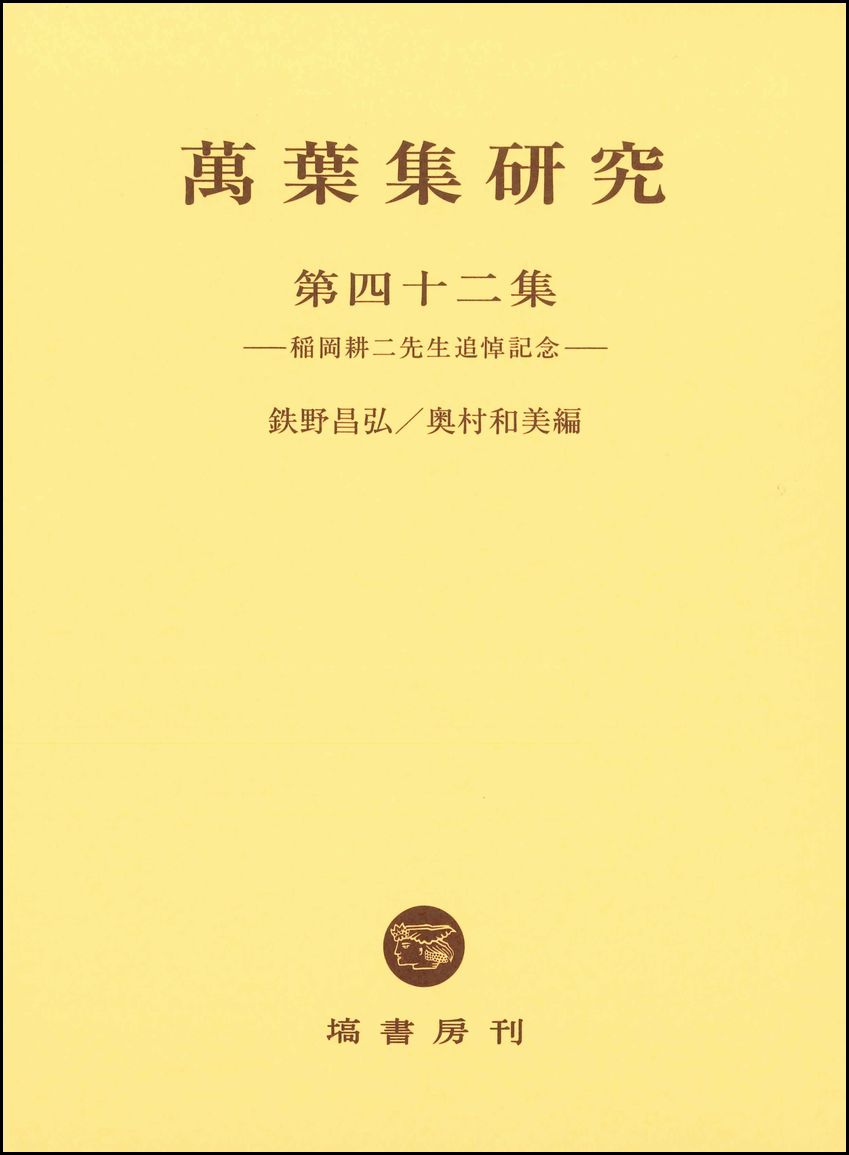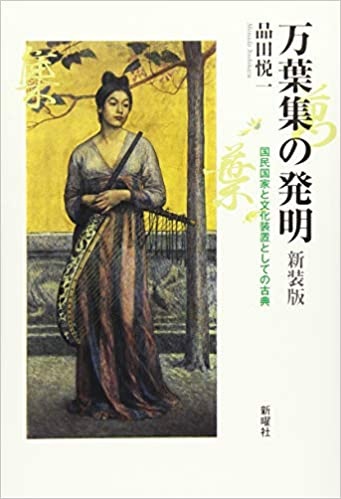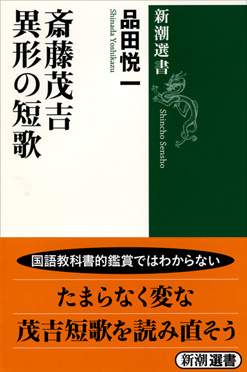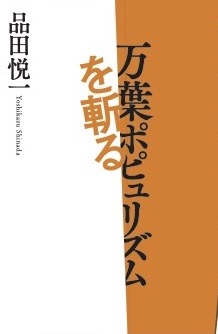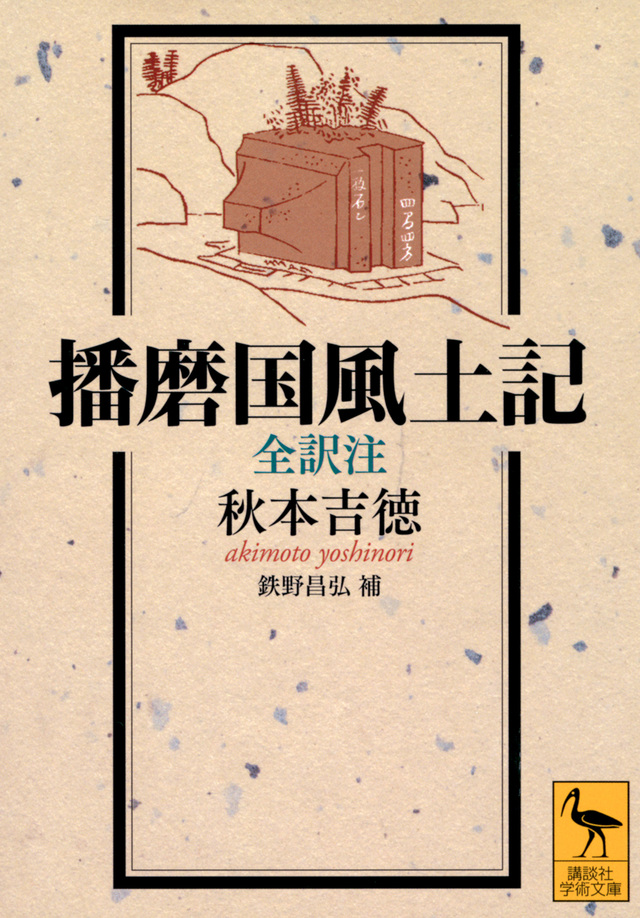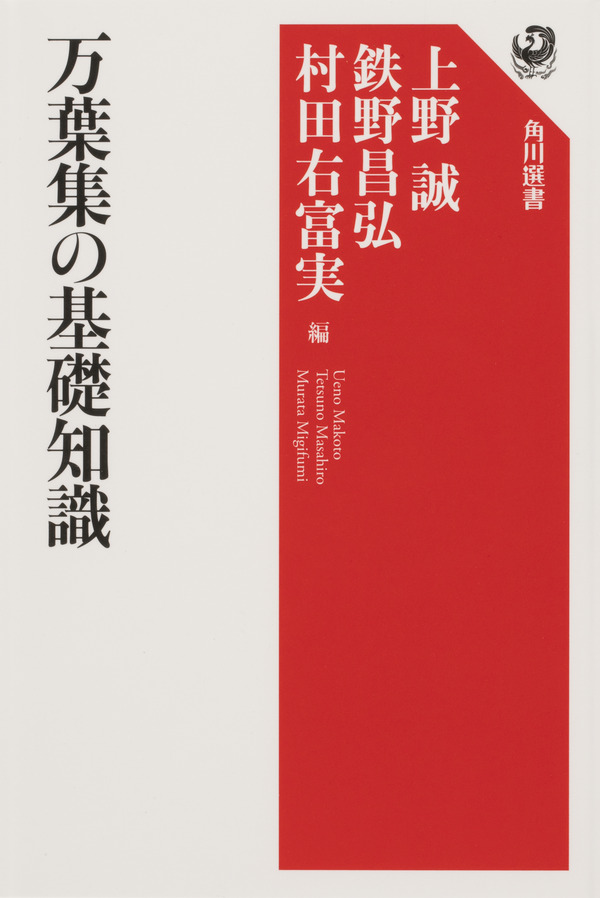
Title
Man’yōshū no kiso chishiki (Man’yōshū: A Primer)
Size
456 pages, 128x190mm
Language
Japanese
Released
April 23, 2021
ISBN
9784047037021
Published by
KADOKAWA
Book Info
See Book Availability at Library
Japanese Page
Everyone knows of the Man’yōshū, Japan’s oldest compilation of waka poetry compiled sometime around the late 8th century, but few have actually read it. The more famous poems can be found in junior and senior high school textbooks. The fact is, however, that in teaching the classics, which are primarily texts from the Heian period (794 - 1185), the tendency is to shy away from these poems because of the difficulty of dealing with their special grammar and vocabulary. In light of these circumstances, this book was born out of a desire to make the Man’yōshū more accessible to everyone.
Compared to waka poems composed after the Heian period which are complete in themselves and do not require knowledge of actual events or places to be understood, Man’yōshū poems written prior to the Heian period are specific to their circumstances and cannot be grasped without knowledge of where they were composed or the politics and society of their time. Because of this, it was decided to structure this book with two main sections focused on the core themes of “inner” and “outer.”
The “inner” section describes the overall structure of the Man’yōshū. Chapter 1 in this section explains how the 20 volumes of the work are organized and how this framework came about. Chapter 2 looks at the poets, who they are, what they wrote, and when, and how their styles changed over time. Chapter 3 gives an easy-to-understand explanation of the poetic forms (chōka, tanka, sedōka) and techniques (makura kotoba, jo kotoba, tsuiku, kake kotoba, etc.) Chapter 4 focuses on the script used to write the poems in the Man’yōshū, and explains how, at a time when hiragana and katakana did not yet exist, the phonetic readings of Chinese characters were used to express Japanese words. Chapter 5 examines how the Man’yōshū was passed down to the present day and also deciphers the poems presented in this book. Because the Man’yōshū was written with Chinese characters, over time the original phonetic readings were forgotten making it necessary to decipher their intended Japanese readings. This process continues to this day.
Next is the “outer” section. Chapter 1 of this section explains the relationship between the Man’yōshū and other literary works. The poems of the Man’yōshū maintain their vitality as texts by drawing upon and incorporating the ancient songs and ballads of earlier times, and this chapter explores that history. Chapter 2 covers the history of the Man’yōshū’s annotations of subsequent eras. This relates to issue, referred to in the section on the “inner” narrative above, of the changing interpretations in readings that ensued as the original manuscript was repeatedly copied over the ages. Chapter 3 looks at current studies, the various research methods that are being applied, and the directions in which these studies are developing. Chapter 4 discusses the poems of the Man’yōshū in terms of the historical circumstances of times in which they were written. Chapter 5 concludes this section by examining the relationship between the Man’yōshū and Chinese literature. Given that the poems of the Man’yōshū are written exclusively with Chinese characters, it is inevitable that they reflect the influence of Chinese literature. And, in fact, it is evident that the Man’yōshū poems came to imitate the poetry of the Six Dynasties and Early Tang Dynasty.
The two main sections of this book are followed by a section for reading some of the more well-known poems and a small glossary of technical terms with explanations for the convenience of the reader.
(Written by TETSUNO Masahiro, Professor, Graduate School of Humanities and Sociology / 2023)



 Find a book
Find a book


